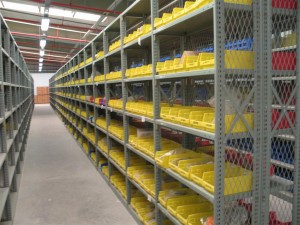 APICS, The Association for Operations Management uses the following Supply Chain Management definition:
APICS, The Association for Operations Management uses the following Supply Chain Management definition:
‘design, planning, execution, control, and monitoring of supply chain activities with the objective of creating net value, building a competitive infrastructure, leveraging worldwide logistics, synchronizing supply with demand and measuring performance globally.’
That’s quite a mouthful and many people think supply chain management is just about ‘trucks and sheds’. But as the definition above suggests, in practice it is much more than that.
Here is our definition: Supply chain management is about getting items from one end of the supply chain to the other as quickly and cost effectively as possible.
Many people who manage engineering spare parts for maintenance and reliability support don’t really see themselves as ‘supply chain managers’, they consider themselves ‘warehouse managers’ or ‘storeroom managers’. In my view, this is taking far too narrow a perspective of the job and often ignores the vital final step in the supply chain – the transfer to the technical users of the inventory.
The implication of this is a lack of focus on designing, planning, execution, control, and monitoring of that vital final step. Hence companies end up with too much of the inventory that they don’t need and too little of the inventory that they really do need.
For information on our Pro Level membership please visit our Pro Level page.
Posted by: Phillip Slater